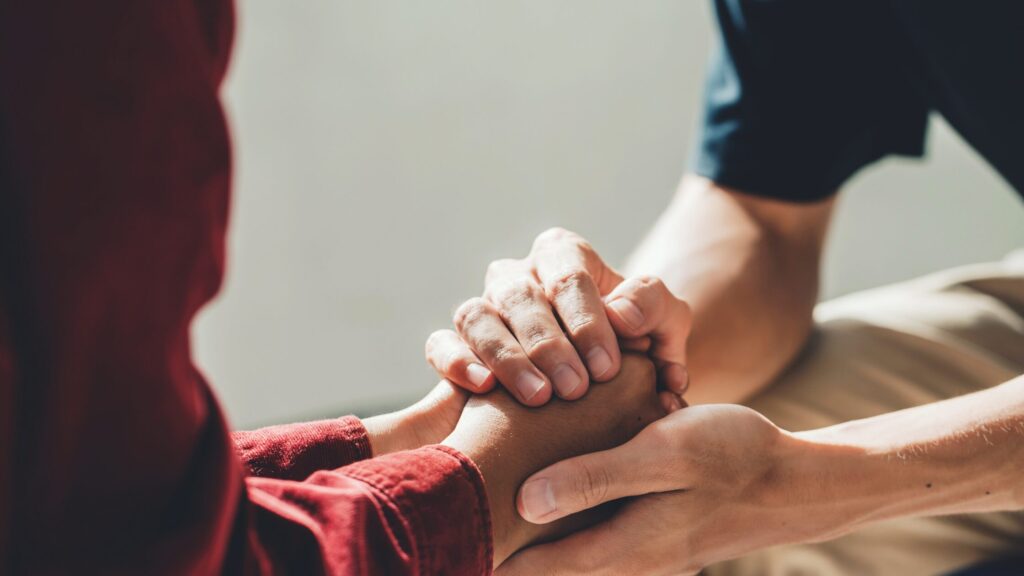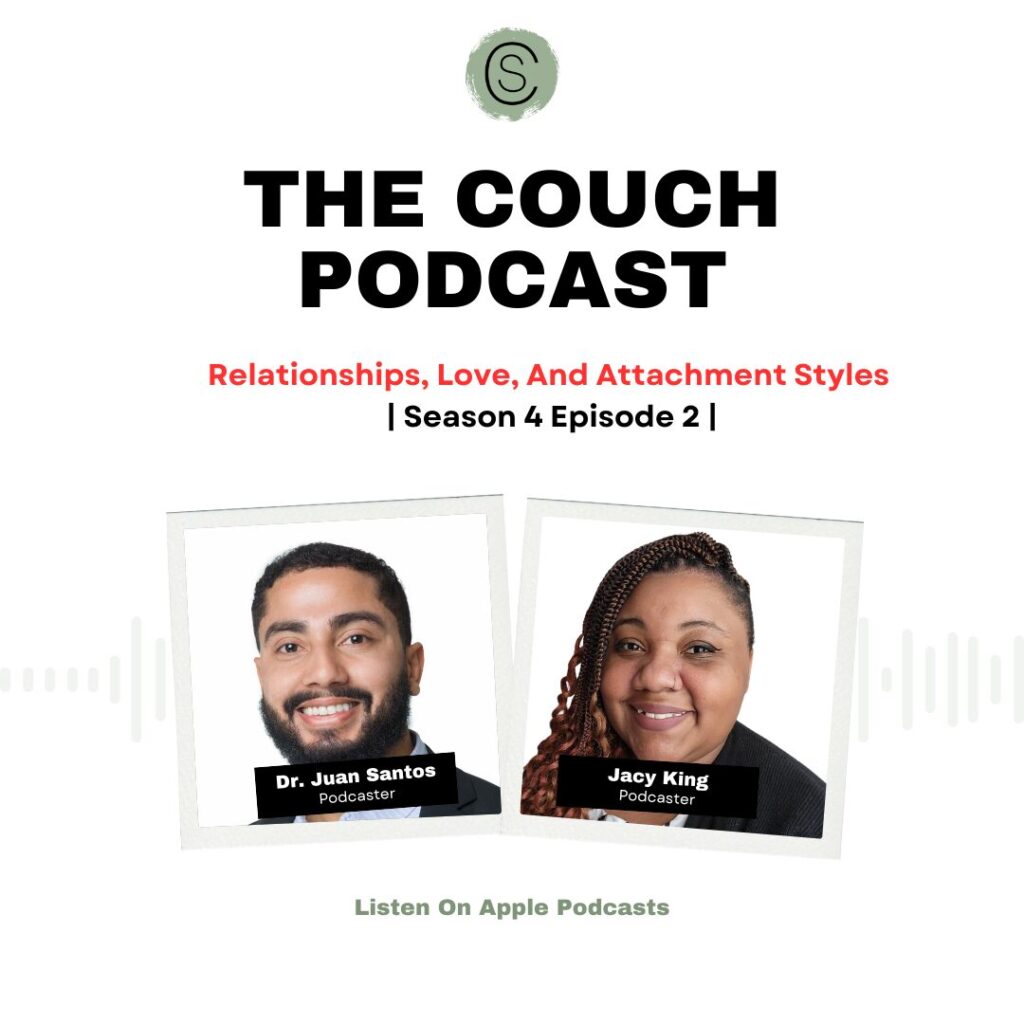Attachment Styles In Romantic Relationships
As you explore your attachment style with a counselor at Santos Counseling or on your own it’s important to know that experiences such as childhood and past relationships can influence how you attach to others. It is also important and helpful to know that you can build a healthy secure attachment. This comes with active work in the areas of personal development, working with a counselor, taking on new behaviors, and adopting a healthy mindset.
The attachment styles include secure and insecure. Those with insecure attachment display it by being anxious, avoidant, or anxious-avoidant in how they behave in relationships.
What is your attachment style?
What is secure attachment?
As mentioned earlier an attachment style is developed early in life. People with secure attachment show up in relationships with independence for themselves and their partners. This means that they can steer away from codependency and feel confident when away from their partner. Secure attachment is also seen in people who can handle having a challenging conversation without feeling that it will damage the relationship. A helpful read from very well mind on attachment styles can be found here.
An insightful read on secure attachment is found here. You will see that the results highlight a positive association between stable relationships and positive psychological levels. What this means is that when people can reach a state of secure attachment they tend to also have a life with higher levels of healthy and positive psychological well-being.
What does secure attachment look like?
Secure attachment can be seen when a person is able to address an issue in their relationship that requires a level of confrontation. This issue may make the person feel a bit nervous or even on edge. Yet, the person is still able to share their perspective with respect, compassion, and healthy communication. The ability to share their thoughts and feelings is connected to the person feeling secure in the relationship.
What is avoidant and anxious attachment?
Within the framework of attachment styles, there is security and insecurity. Insecure attachment styles include anxious, avoidant, and anxious-avoidant. The purpose of knowing your attachment is to help you learn how to create quality stable relationships that are secure in the areas of emotional availability, balance, openness, and vulnerability. Click here to read more on attachment perspective and avoidance of intimacy
Anxious attachment is characterized as:
- You feel anxious when facing relationship challenges.
- You have a hard time with jealousy.
- You often want to feel very close to your partner and when you do not, you feel anxious about the stability of the relationship.
- You seek attention in the form of physical closeness or words. This helps you feel reassured about the relationship.
Avoidant attachment is characterized as:
- You have a hard time trusting your partner and others.
- You keep a distance from your partner so that you will not get hurt.
- You avoid emotional intimacy with your partner.
- You steer away from deep moments such as being vulnerable.
Start working with a counselor
At Santos Counseling, we serve Greensboro, NC, and the surrounding Triad community offering counseling services for children, adults, couples, and families. We’re here to support you every step of the way.
According to Mental Health America, counseling provides numerous benefits. Common benefits of working with a counselor include:





